Drawing With Numbers
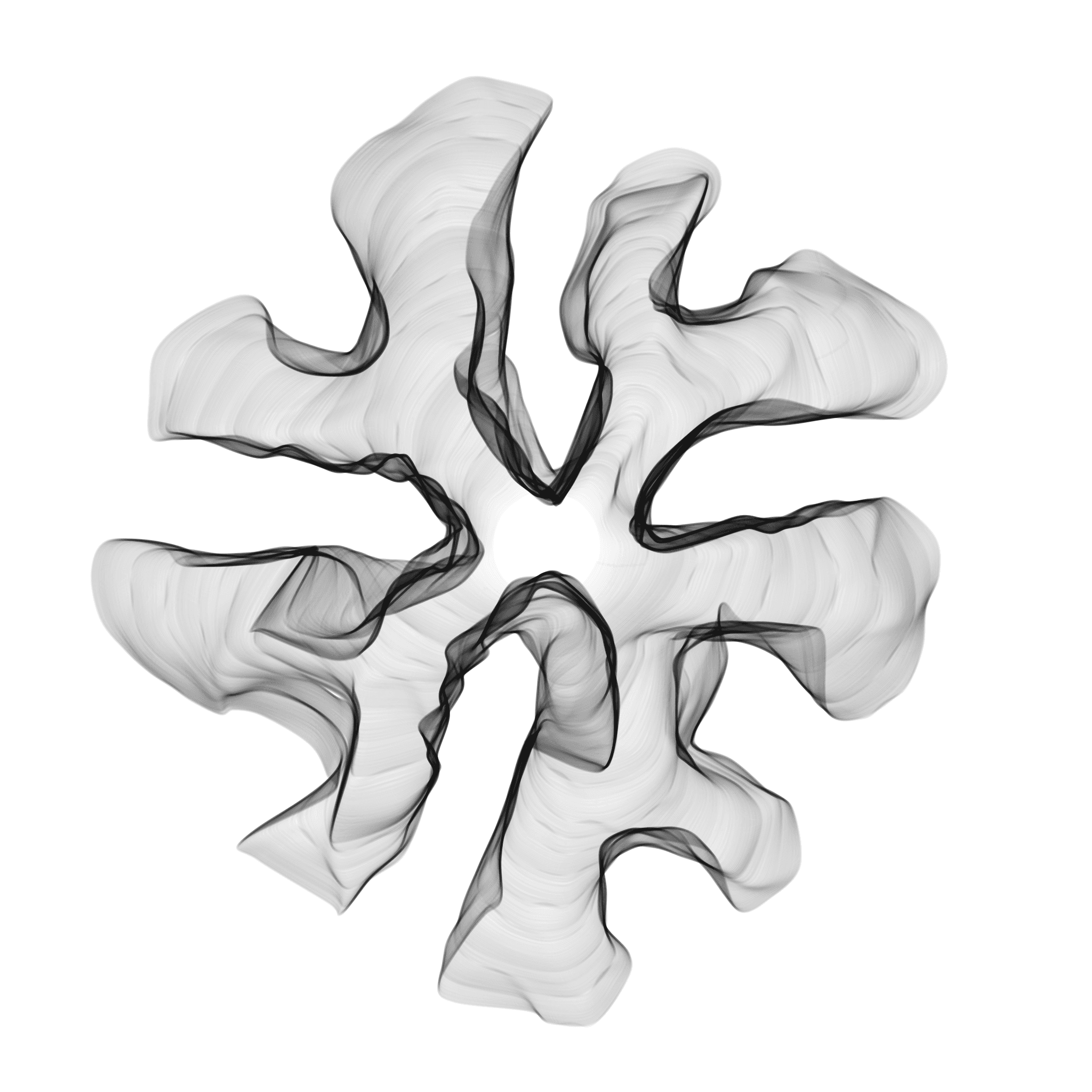
I’ve never considered myself much of an artist. My creativity has always found its home in design and photography, practices which feel far less dependent on natural creativity and talent. I can’t draw; I try to stay away from paint; sculpting is one of those things that sounds more fun to me than it actually is.

I have, however, become deeply interested in generative art. How numbers can be governed to create visually interesting works, with seemingly complex but gratifyingly simple sets of rules. It’s hard to trace where this interest really began, but I think it started in the Dia:Beacon gallery in New York.
The Dia:Beacon is probably one of my favorite places on Earth. A vast, expansive gallery with astonishing works of art, ranging from Richard Serra’s immersive and imposing sculptures, to delicate and easily-missed installations from Fred Sandback. One collection that stuck with me is the work of Sol LeWitt. One piece features thousands, perhaps millions, of hand-drawn lines, in a variety of patterns. The cumulative effect of line after line creates an array of sometimes wildly different visualizations.
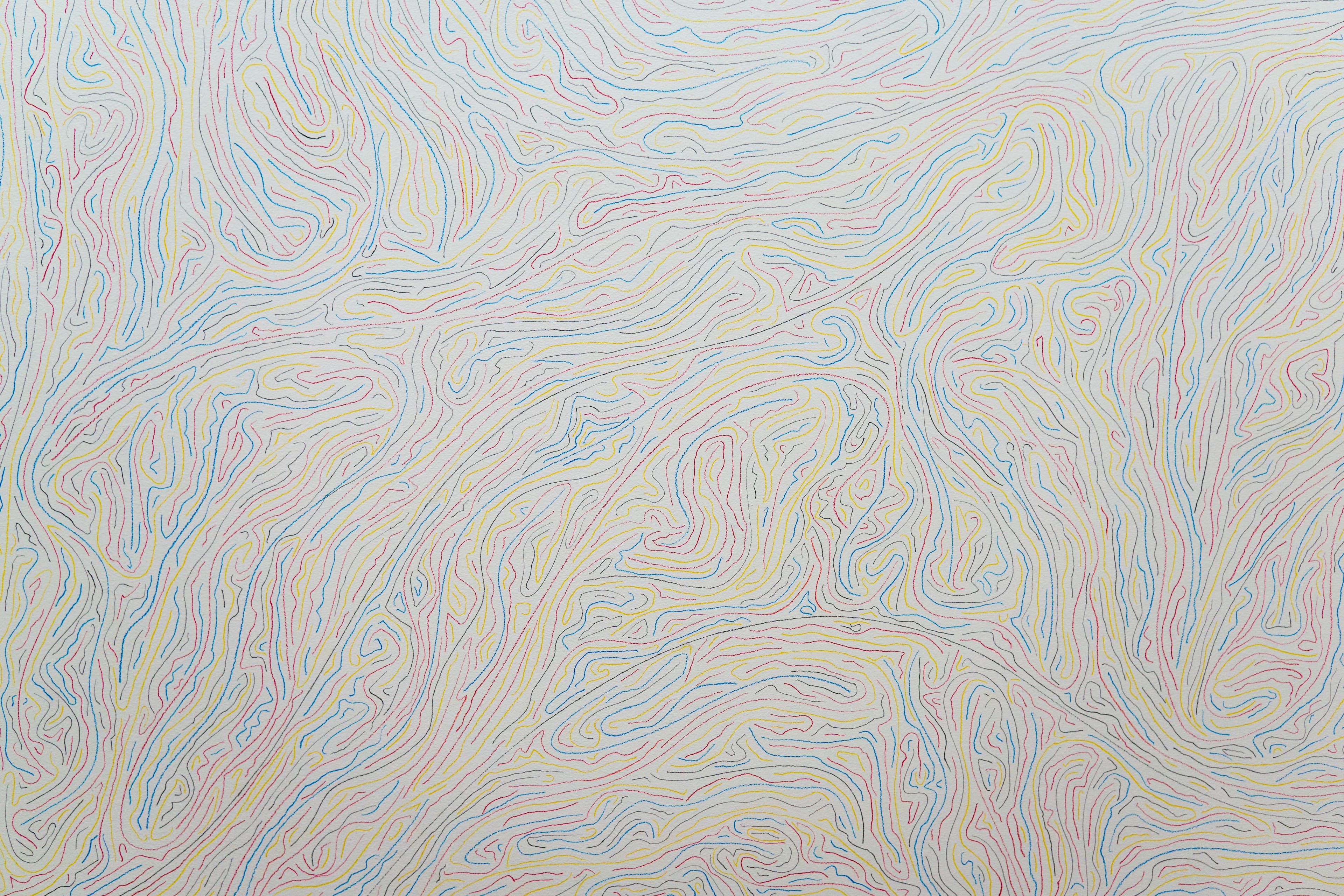
The dedication and vision to create installations like this was boggling. It made me itch to create. I can’t draw, but I can tell computers to draw for me.
Humble Beginnings
My “sketches” started with one goal; to recreate a design I first saw on the back of one of Dropbox’s design team sweatshirts, created by Kristen Spilman. It’s simple enough—an array of rectangles, each rotated so they’re pointing towards a point in space.
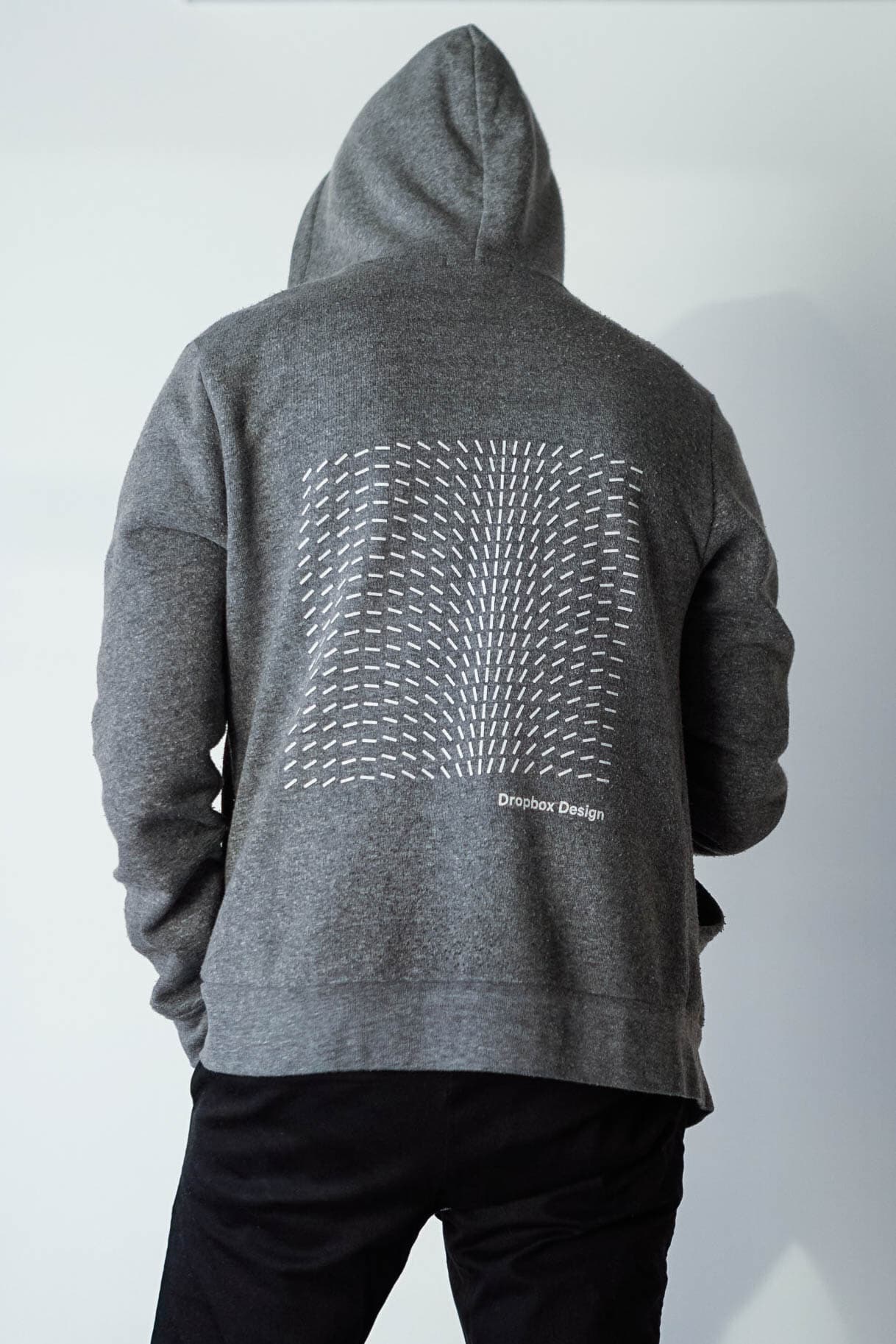
I started by trying to recreate this design with a single rectangle using HTML canvas. This taught me two things:
- I had forgotten most of what I learned in high school maths
- HTML canvas can only get you so far (on its own)
Thanks to some light tuition in mathematics from Allen Rabinovich and some persistence, I had a functioning prototype of the design. During the course of building the first prototype, I stumbled across p5.js, a JavaScript library that “makes coding accessible for artists, designers, educators, and beginners”. Thankfully, this description also works in reverse; it makes art and design accessible for people fluent in coding, by providing a comprehensive drawing toolkit.
I moved what I had learned into a p5 sketch, and before long, I had a real-life version of what I had first set out to create.
Graduating From JavaScript
I owe a lot of what I learned about p5.js and, in turn, Processing, to Daniel Shiffman. Thanks to his energizing videos1, I found myself creating sketches in p5.js several times a day. The ease of use meant I could have an idea, and within minutes have a little working prototype in my browser.
Over time, my ideas became bigger, and my browser became slower. When I would (occasionally) create a long-running loop, such as drawing tens of thousands of points, my browser would stagger to a halt. It was time to graduate to something more capable.
Processing, the Java library upon which p5.js is based, was the solution. I had never written Java before, but since it was so syntactically similar to JavaScript, with just a few Google searches, I was able to start porting over some of my more ambitious p5.js sketches into Processing.
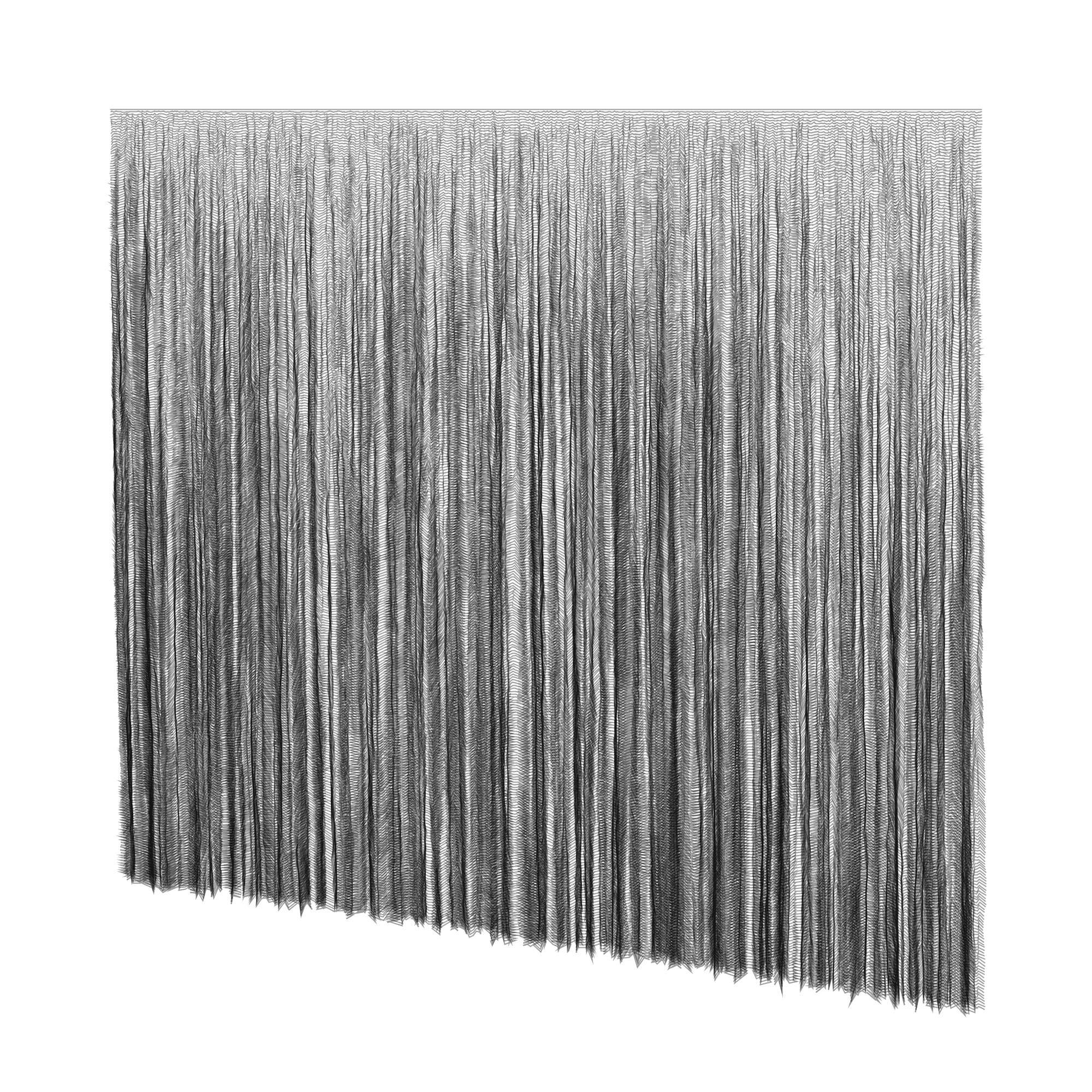
A more performant environment and toolkit meant I could work on more demanding and expressive ideas. Instead of drawing hundreds of points to a canvas, I could draw thousands. The only limit now was my own creativity.
New Frontiers
Unfortunately, creativity isn’t my strong suit. My design process is a tribute to this; I typically resort to long-lived solutions and the safety of design systems. This is usually a strength in my day-to-day, but in this new world of creative output, I found it hard to generate new ideas. So, like any great artist, I started stealing ideas.
If I saw a photograph or a tweet showing interesting visual forms, I’d set off and try to recreate it or express it using Processing. Murmurations of starlings; ocean waves crashing; pulsating wind farms; smoke patterns. I also sought out other artists to spark inspiration, the greatest sources becoming Anders Hoff—who helped me realize the beauty and simplicity2 of the algorithms I was starting to write—and Jessica Rosenkrantz of Nervous System, whose algorithms and works continue to fuel a growing ambition.
I started moving my focus from motion towards sketches that gave the impression of motion, be it through the apparent movement of their lines, or the stages of evolution they exhibited.
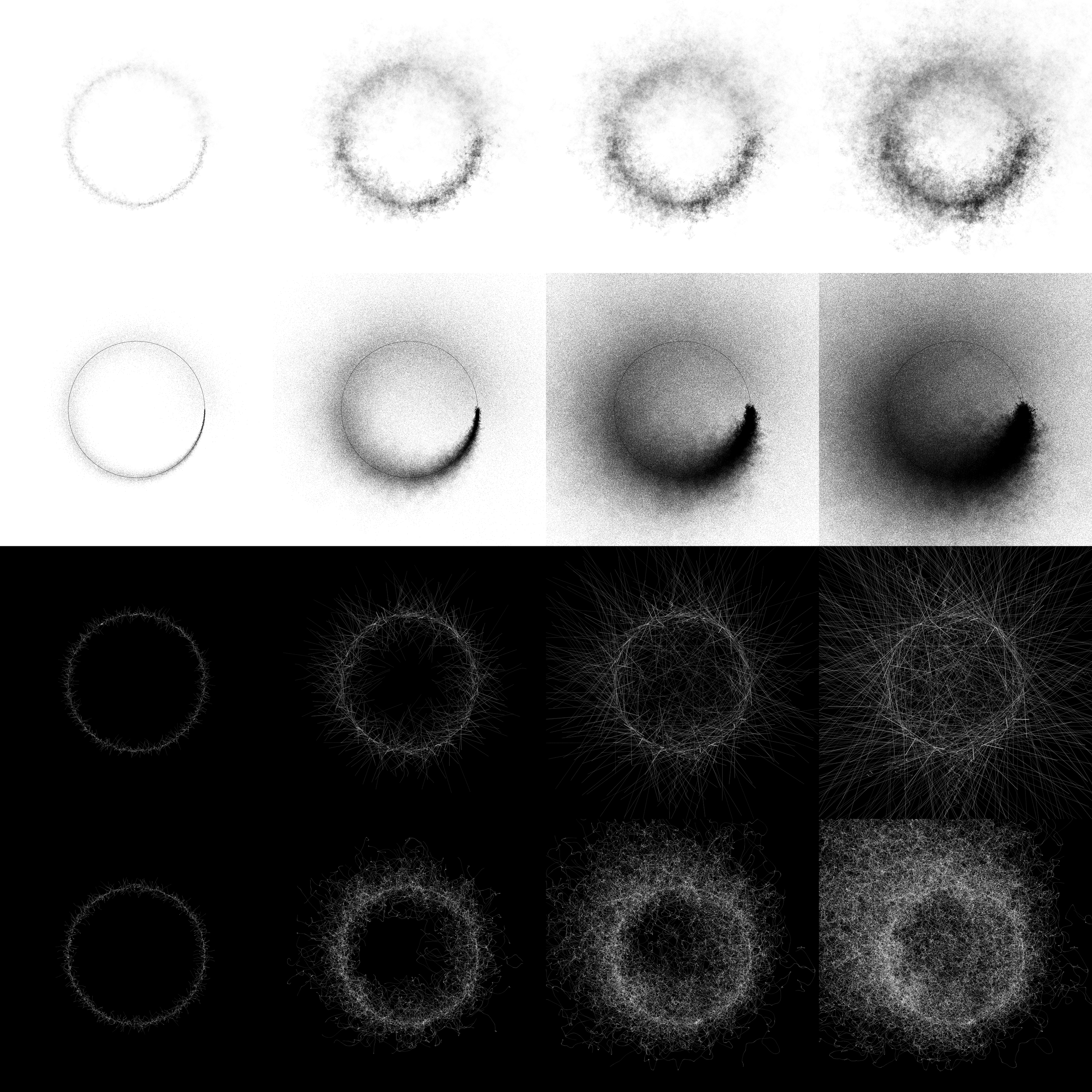
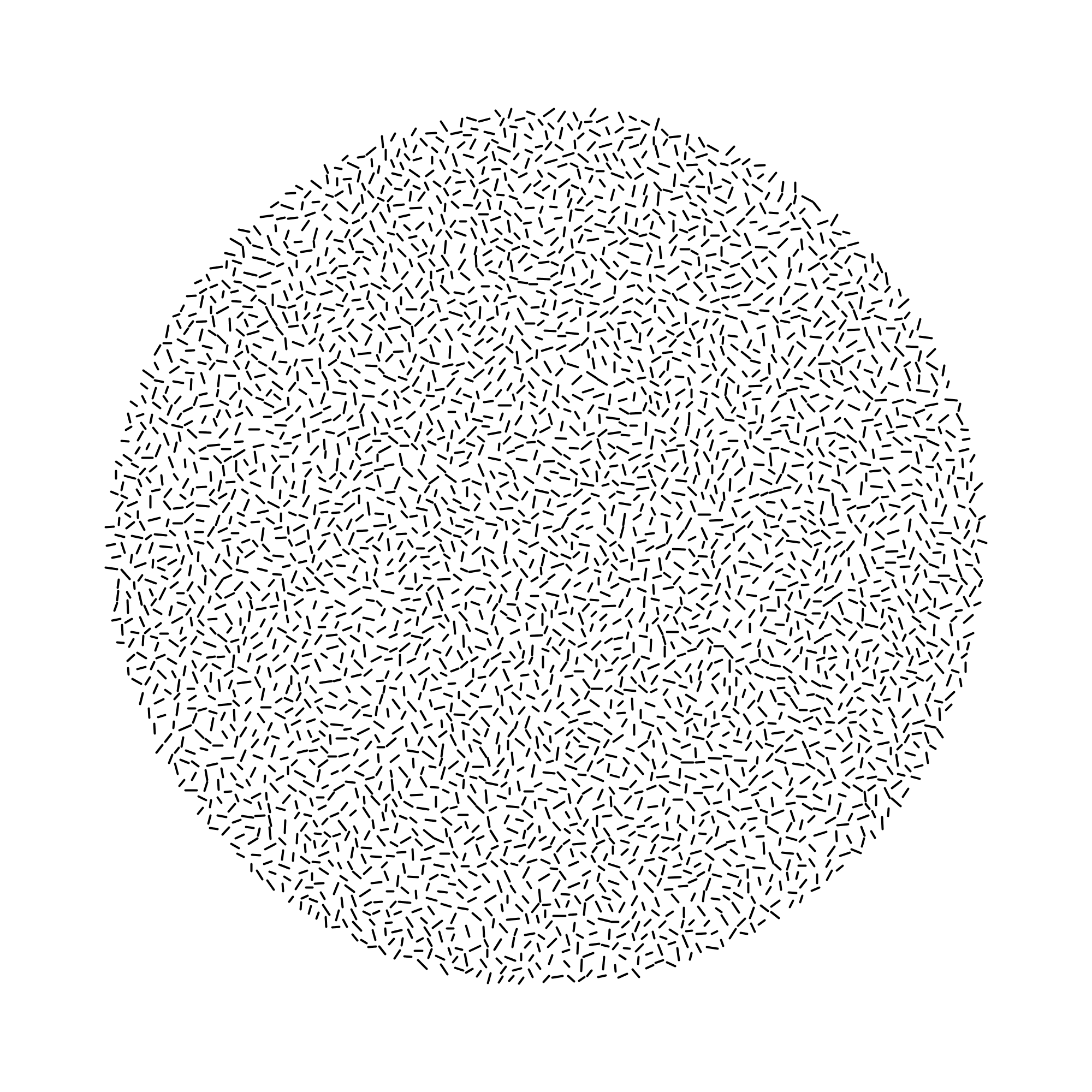
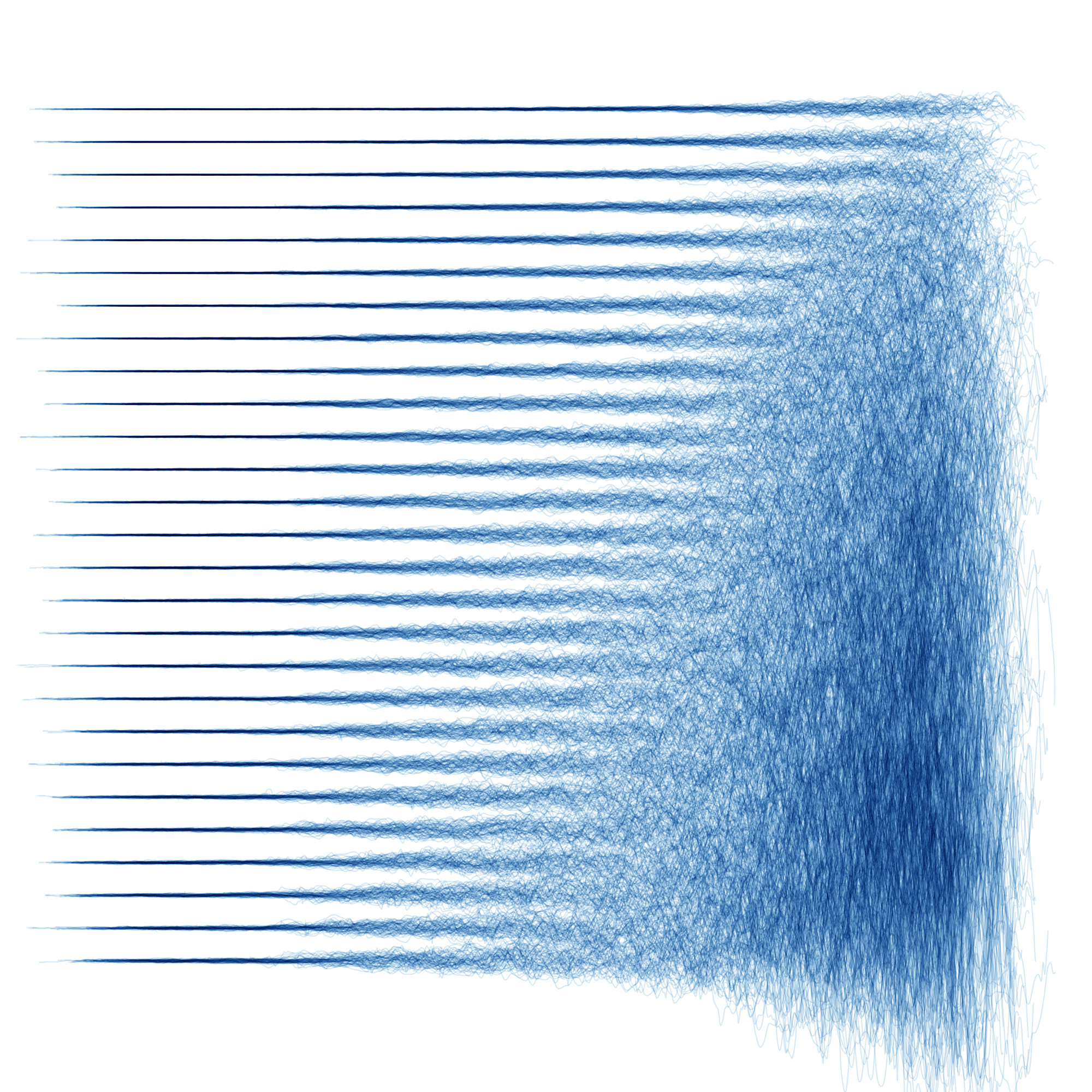
Making It Real
With my Processing folder growing in size, and hundreds of stills and movies being saved on my hard drive, I wanted to explore bringing these works outside of their digital home and into the real world through print. Printing the pieces I was generating meant introducing additional dimensionality to them—the opportunity to play with colors and ink saturations, paper types and weights, print speeds and the kinds of happy accidents that typos alone don’t afford.
After some trial and error, my first prints were born, and along with them, a torrent of new ideas. Each new print would prompt another, developing a series and planting seeds for evolved ideas.
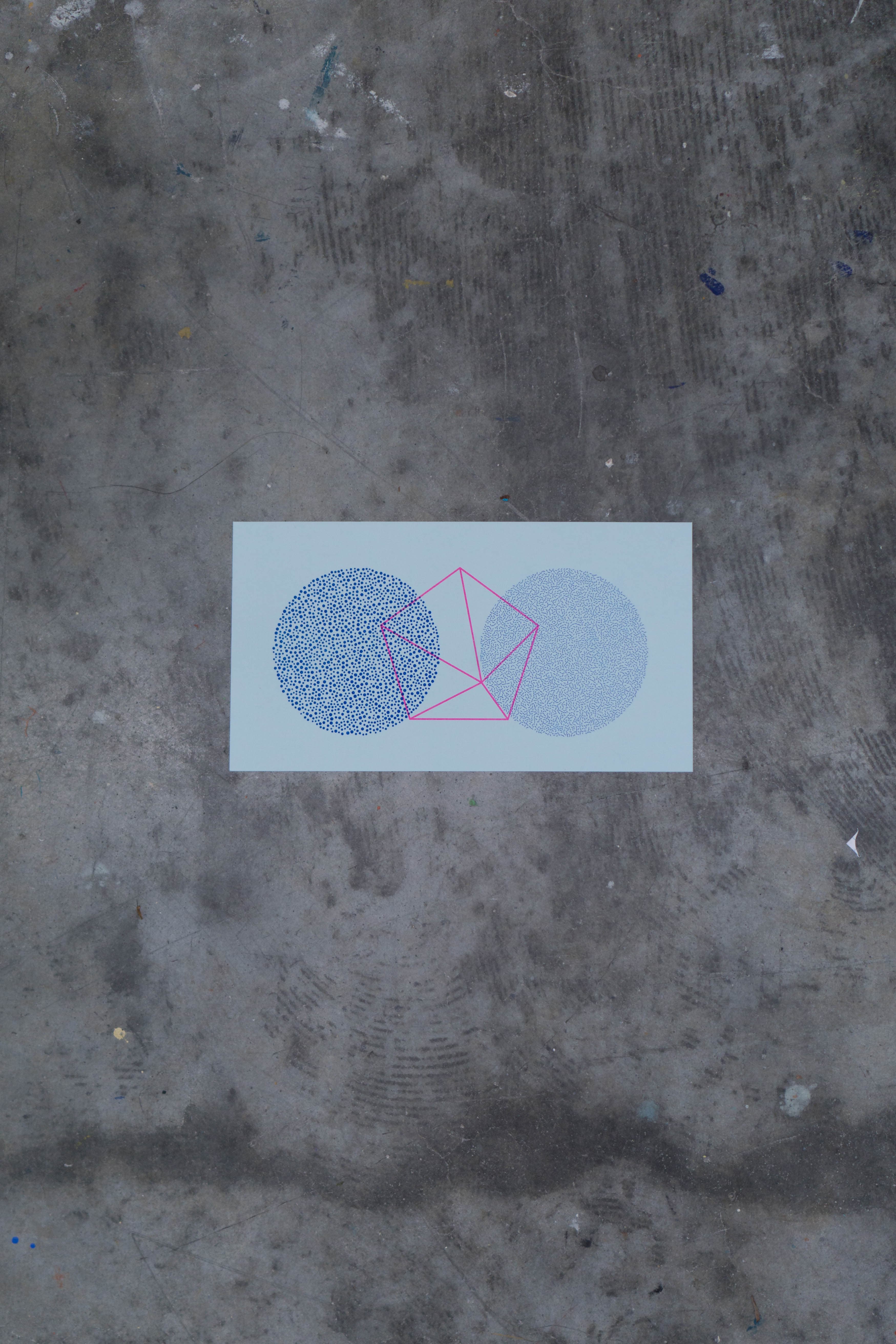
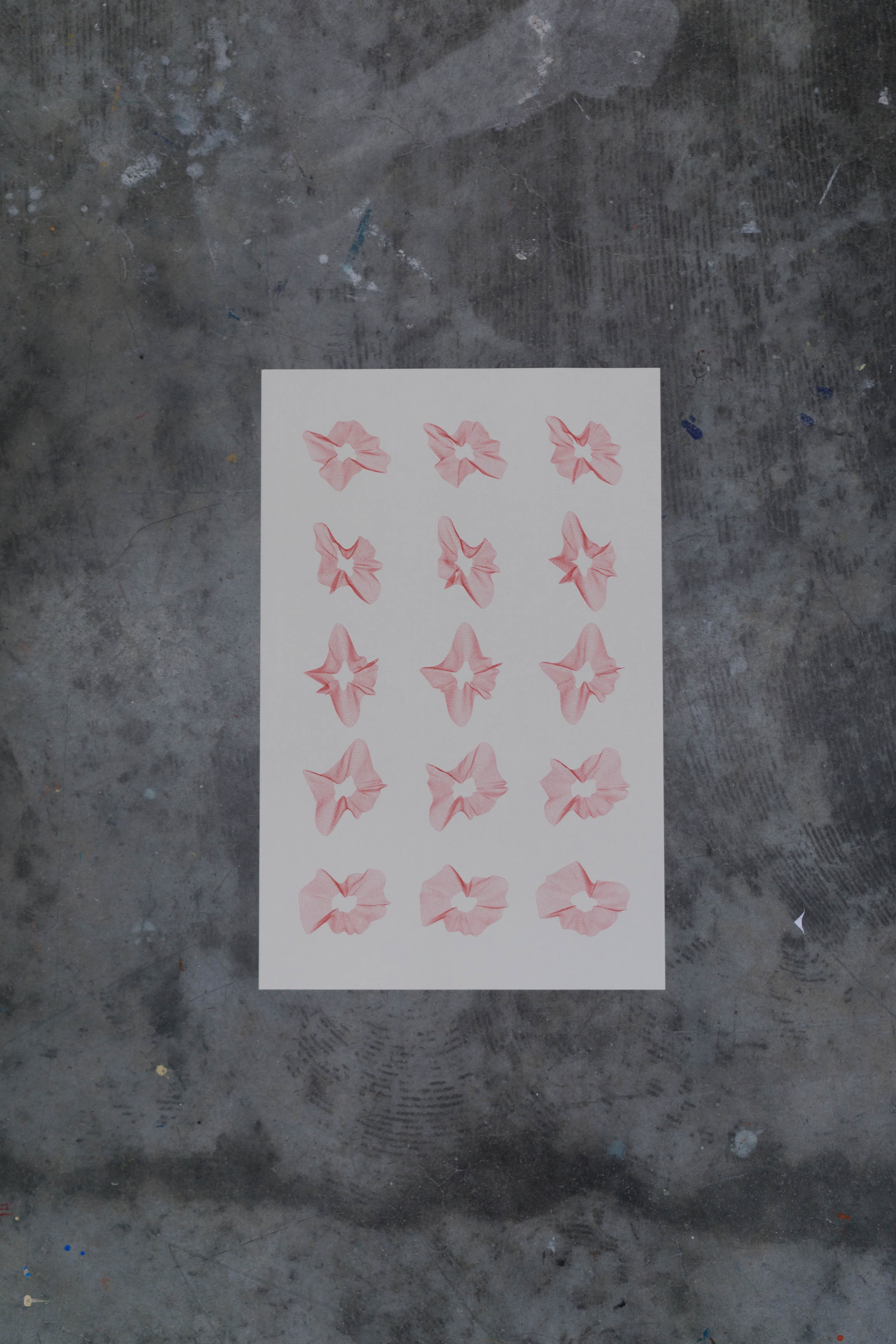
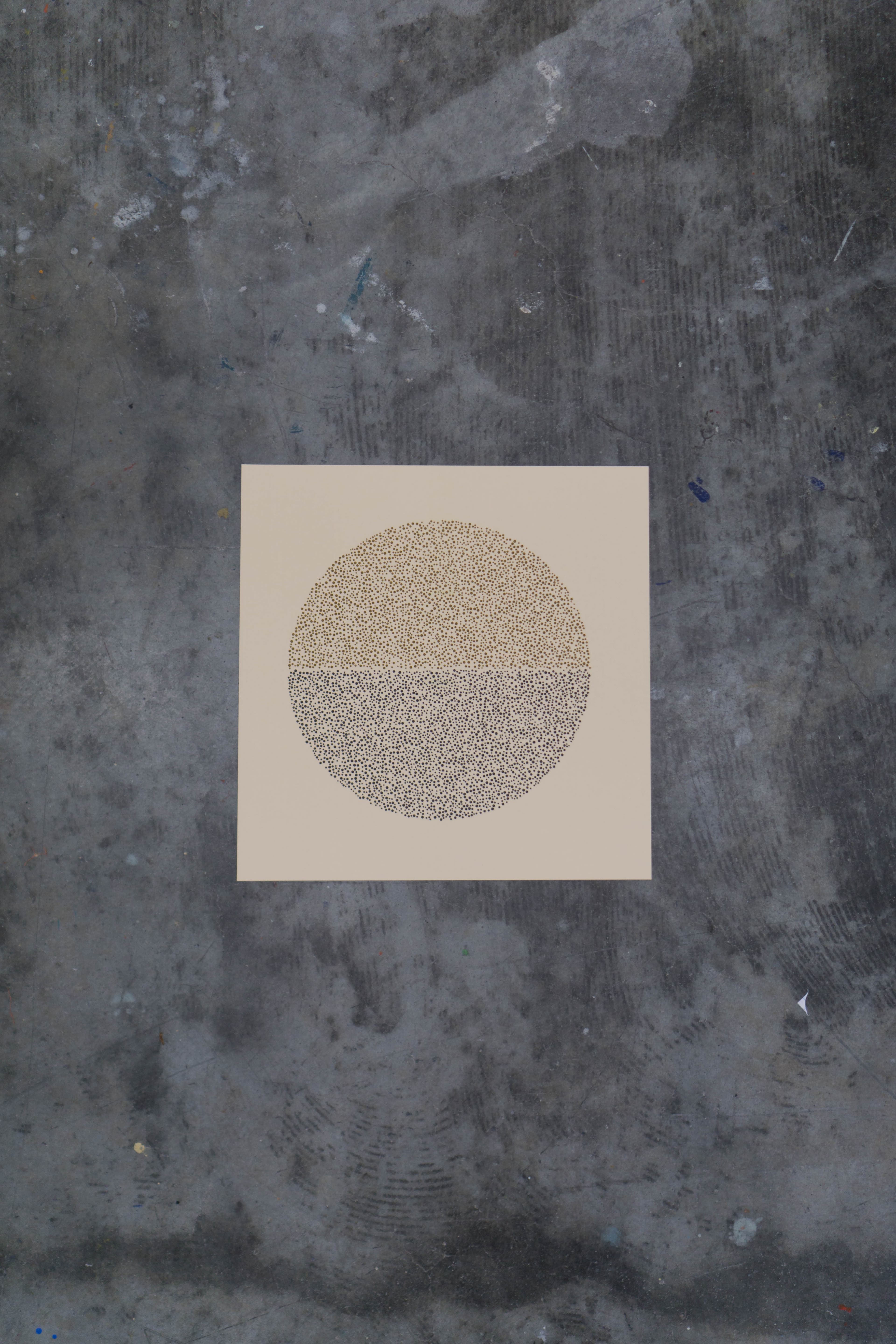
Exploring generative art through Processing has not only given me a creative outlet and a medium to express ideas, but it’s helping me become a more proficient programmer and a more creative designer. It’s also given me a reason to finally explore print as a medium and produce physical works that I can keep and give to friends. You can’t really give someone a website.
I’m keen to learn more about this space, and it’s leading me to more fertile ground for learning—artificial intelligence and programming natural systems seems like a small(er) step after dabbling in these algorithms.
Thanks
In addition to those named in the text—Kristen Spilman, Allen Rabinovich, Daniel Shiffman, Anders Hoff, and Jessica Rosenkrantz—I owe thanks to a number of people for their help and inspiration to work on these pieces.
- Joshua Jenkins, for inspiring ideas through his own generative art and data visualizations;
- Dennis Jin, for his encouragement and his own works;
- Elana Schlenker, for her advice and help with printing and evolving ideas;
- Defne Beyce, for her help with printing;
- Meta’s Analog Lab staff for allowing me to hang out, use the equipment, and ask dumb questions.
Footnotes
-
Daniel’s videos on YouTube showed the successes and stumbles of writing JavaScript in a way I hadn’t seen before—I highly recommend subscribing to his channel. ↩
-
Anders’ Generative visual essay brings clarity to his beautiful work, and gave me a new perspective on how expressive the simplest ideas can be when the only variable is time (provided you can be patient enough for the results to be pleasing) ↩